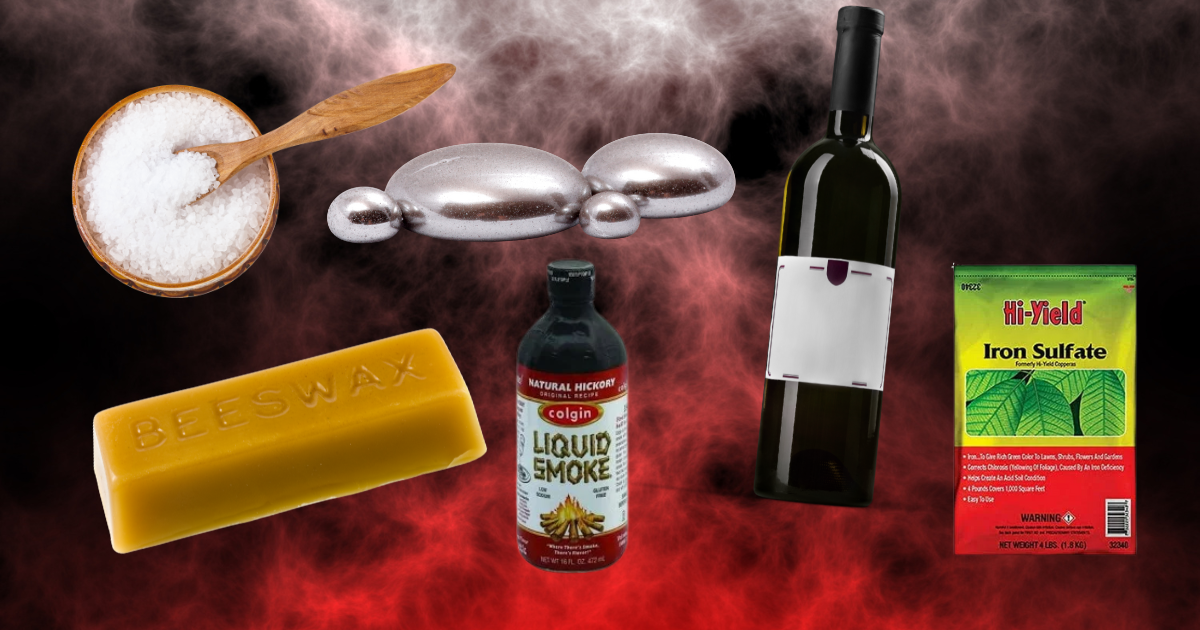With These Sketchy Solutions, No Wonder Early Americans Didn’t Embalm Their Dead
While the practice of embalming stretches back to the ancient Egyptians, Americans didn’t begin embalming their dead until the Civil War, and then it was only for the purposes of safely transporting the bodies of fallen soldiers to their homes for proper burial. But the idea of preserving dead bodies wasn’t exactly foreign to the people of the “New World.”
In fact, early Americans were able to read all about the evolving practice of embalming in their newspapers. All across Europe and in the larger American cities, physicians, pharmacists, and scientists seemed to be fascinated by the possibility of keeping deceased people intact for various purposes, and news of their experimental techniques was often published throughout the States.
Perhaps the key word here, though, is “experimental.” The solutions and procedures early Americans read about ranged from the ridiculous to the barbaric. So, it stands to reason that if Egyptian mummification and these early attempts were the only exposure the colonists and settlers had to embalming, no wonder it didn’t catch on until it was an absolute necessity. Just check out these stories below, featuring some of the sketchiest pre-formaldehyde embalming experiments that appeared in the U.S. papers.
Submersion in wine, 1790 and 1800, France
Leave it to the French to propose wine as a solution for preserving humans. In 1790, a Frenchman proclaimed to have witnessed insects being revived “in the rays of the sun” after being drowned and sealed in a bottle of Madeira. This led him to propose a similar option for humans. Ten years later, an article recalled that the cerebellum of French writer and philosopher Voltaire had been preserved in “spirits of wine” after his 1789 death. The French government had just agreed to purchase this artifact and include it in a monument in a library.
Pyroligenous acid and sulphate of iron, 1823 and 1826, Connecticut and France
Formaldehyde may not have been the most mainstream chemical when it was determined to be the best embalming solution, but these early concoctions of pyroligenous acid and iron sulphate do make one wonder how these became options. Especially because we now know pyroligenous acid by the more common name of “liquid smoke” (yes, the same liquid smoke that you use for backyard barbecues) and iron sulphate is used for iron deficiencies in humans as well as plants. Also interesting is the method suggested for applying the iron sulphate; the first part of the article (above) mentions months-long submersion of body parts, but later recommends “adding riverwater” and applying “with a brush over the surface of the part to be preserved.”
Sublimate of mercury and carbonization, 1835 and 1836, France and Italy
In the 1830s, these would-be embalmers took inspiration from the battlefield and the blazing desert sands of Africa. Larry, the French army surgeon in the first piece above, must have thought that if a sublimate of mercury — what we know now as the highly corrosive mercuric chloride — could prevent dry rot in timber, why not try it on bodies? Segato, an Italian mapmaker, found a substance that turned bodies to “stone.” He proceeded to practice on birds, snakes, and “various portions of the human body,” which he inlaid in a table, and proposed his invention as a “petrifective process.”
More not-so-successful embalming techniques
You get the point, right? Although there’s not enough room here to share each of these seemingly-breakthrough discoveries, here are a few more that we found in early American newspapers:
- Beeswax, 1829, Boston
- Painting with white lead, 1838, New York
- Covering with salt, 1843, France
- Coating with wax then filling the coffin with Plaster of Paris, 1848, New York
It wasn’t long after these dubious options were presented that French chemist Jean Gannal discovered arterial injection, formaldehyde was introduced, and mortician Dr. Thomas Holmes of New York combined these discoveries to become the “father of American embalming.” Holmes’ method became the most widely accepted and practiced solution.
Although new embalming techniques and materials are still being developed today, these solutions just don’t seem as outlandish as those to which our forefathers were unfortunately subjected — but be sure that Connecting Directors will be the first to bring you the news.




